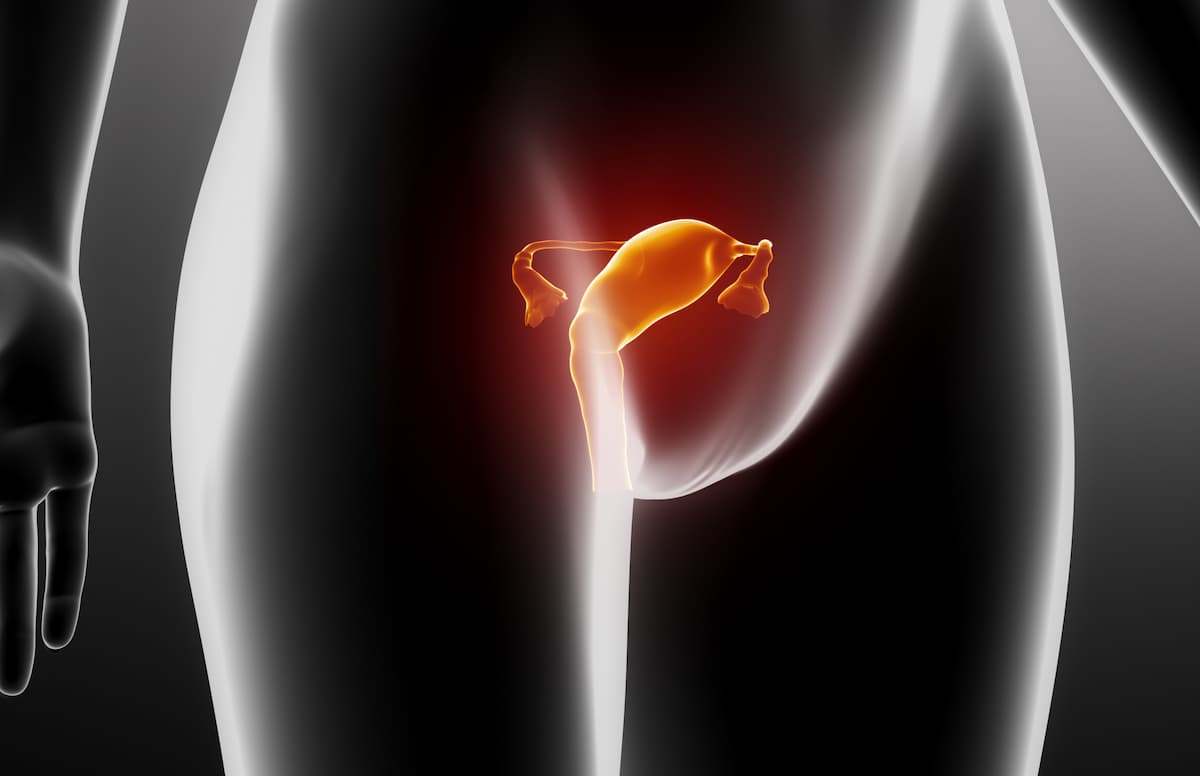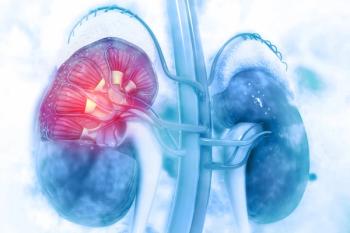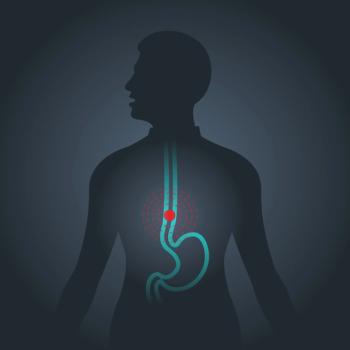
Avutometinib/Defactinib Appears Tolerable in KRAS-Mutant LGSOC

Approximately 10% of patients discontinued treatment with avutometinib/defactinib due to toxicity in the phase 2 RAMP 201 trial.
Rachel N. Grisham, MD, spoke with CancerNetwork® about key considerations for mitigating toxicities that may occur with avutometinib plus defactinib (Avmapki Fakzynja Co-pack) for patients with KRAS-mutated low-grade serous ovarian cancer (LGSOC) based on safety data from the
According to Grisham, section head of Ovarian Cancer and director of Gynecologic Medical Oncology at MSK Westchester of Memorial Sloan Kettering Cancer Center, adverse effects (AEs) with the avutometinib combination may include acneiform rash, peripheral edema, and gastrointestinal (GI) toxicities like nausea. She described that these toxicities may be manageable with standard prophylactic techniques such as oral antibiotics and diuretics. Additionally, she highlighted how the combination’s intermittent dosing schedule may allow for a “recovery period” from toxicities.
Transcript:
It's important that we proactively both educate our patients and provide them with the right resources to prevent toxicities from their medications.Avutometinib is a pill therapy taken twice a week—3 weeks on, 1 week off—while defactinib is a pill therapy taken twice a day [for] 3 weeks on, 1 week off. Now that these drugs are commercially available, they will be packaged in a combination packet that will make it easier for patients to understand this dosing as it can be somewhat complex, but this intermittent dosing schedule allows for patients to have a recovery period, which we found is quite important with these targeted therapies.
Avutometinib has a lot of [AEs] that are quite characteristic of many MEK inhibitors. It can cause an acneiform rash, particularly on the face and upper chest. It can cause peripheral edema, including in the hands, feet, and periorbital area. It can cause GI [AEs] such as nausea. However, we find that if we use prophylactic measures such as the use of a low-dose oral antibiotic like minocycline, appropriate sun protection, and early use of topical hydrocortisone cream to prevent the rash, we can prevent a lot of these skin toxicities from happening. For [AEs] like edema, we can treat that with drugs like furosemide [Lasix] or other diuretics. And for the [AEs] of GI toxicity, we can use our standard regimens such as anti-nausea medicines and anti-diarrheals, if needed.
Between the combination of prophylactic use of measures to help prevent toxicities, and the standard intermittent dosing schedule of avutometinib and defactinib, we've found it to be quite well tolerated in our patients. In fact, in the RAMP 201 study, only about 10% of patients discontinued treatment with avutometinib and defactinib due to toxicity, which is quite lower than has been seen with prior studies of single-agent MEK inhibitors, which are given continuously.
References
- Grisham RN, Nieuwenhuysen EV, Aghajanian C, et al. Avutometinib + defactinib in recurrent low-grade serous ovarian cancer (ENGOT-ov60/GOG-3052/RAMP 201): dose intensity and subgroup analysis. Presented at the 2025 Society of Gynecologic Oncology Annual Meeting on Women’s Cancer (SGO); Seattle, WA, March 14-17, 2025.
- FDA grants accelerated approval to the combination of avutometinib and defactinib for KRAS-mutated recurrent low-grade serous ovarian cancer. News release. FDA. May 8, 2025. Accessed May 12, 2025. https://tinyurl.com/ywyd4ps3
Newsletter
Stay up to date on recent advances in the multidisciplinary approach to cancer.




















































































